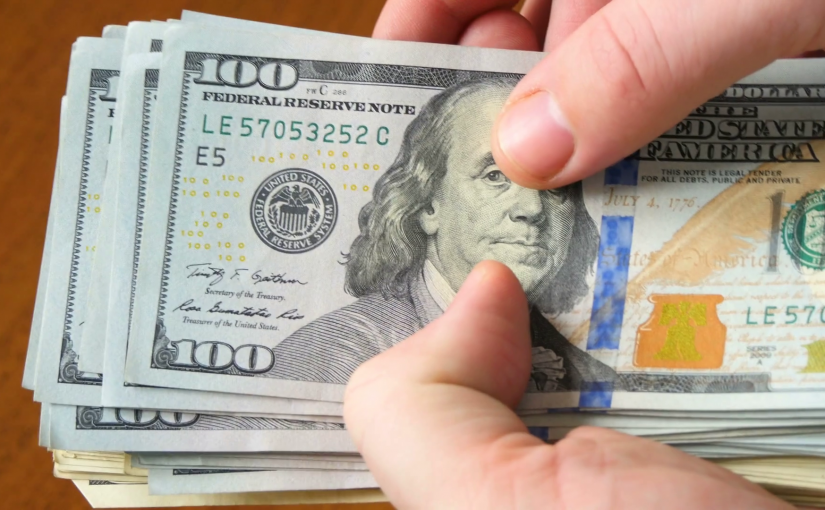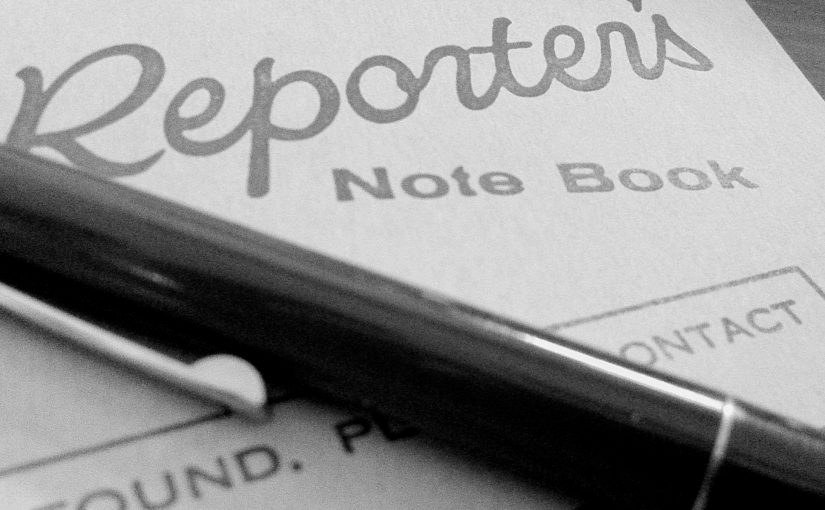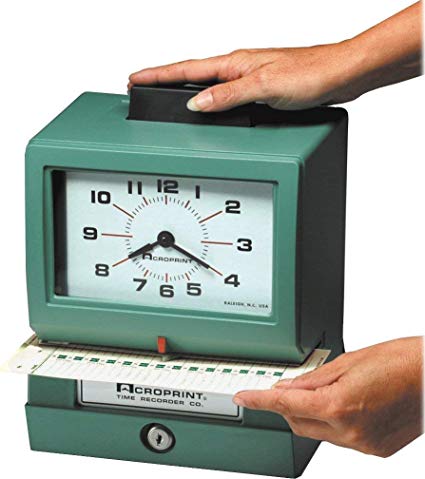Save money?
Yes, please!
Everyone loves a bargain. Otherwise, there would be no Dollar General or Walmart or Target or Jersey Shore Premium Outlets.
There’d be no Costco or BJ’s, or highway mega-dealerships assuring us that there’s never a worry when you hurry to them for your next car.
The American economy — at least, post-World War II amid the flight to the suburbs — has been based on conspicuous consumption fueled by discounts and haggling.
The aforementioned car purchase always has been a competition between the buyer and the salesperson, with the invisible hand of I’ll Have To Ask My Manager determining the final price, regardless of what the sticker says. It’s a competition designed to make everyone feel as if they won. The only losers, as history has shown, have been those car companies — Saturn is the prime example — that chose to go with no-haggle pricing.
Saturn, we hardly knew ye.
So when the values go up, up, up, and the prices go down, down, down, what actually could be happening?
Sellers may cut prices on “loss leaders,” items they can take little or no profit on, or even lose a little money, to bring in crowds who’ll buy more than the super-cheap advertised special.
Buyers may settle for a cheaply made item — tires designed to last a week, just long enough to pass inspection. A one-season overcoat, which will be out of style next year anyway.
Ah, disposability.
Not every money-saver has to be Cheap Crap from Canton, China.
House brands are a great way to save money, especially when it’s evident that the products are equal to or even better than their name-brand equivalents. House brands from warehouse-y sellers don’t have flashy packaging, and you may have to root through massive stacks to find your size or flavor, but those can be legit bargains.
And then there are coupons.
Major manufacturers have offered discounts via coupons for time immemorial. First, they had to be scissor-cut from newspapers and circulars. Then the circulars came perforated. Now, coupons are electronic. The Lorax is pleased.
One reason for coupons is new-product introduction. Yeah, I’ll try your new flavor of gruel if it’s half-price.
Usually, though, coupons for foodstuffs help the maker even out the seasons, keeping sales at a consistent level at times of the year when people might not buy that product. Look for Swiss Miss coupons in July. Coupons help makers unload excess inventory.
Then there are coupons to make you cringe.

The last time I looked, I have two eyes that I got from my parents and, as far as I know, they are the only two I’m going to have until Judgment Day. So I’m not thrilled by the notion of discount laser surgery.
I may pay less for brake pads, but I never skimp on technicians’ fees. The same goes for surgery. The AT&T ad about pretty good not being good enough is dead-on accurate.
Then there’s the Groupon for sildenafil, the ingredient in that “magic blue pill” sort-of named for the honeymooners’ favorite waterfall.

Generic drugs are a godsend in most cases — even this most intimate one — but a 40 percent-off offer on an intrusive medication with no specifics is dodgy. Something is just not right about bypassing a prescribing physician to save a buck.
Save money? Yes, please.
House brands and legit coupons.
Timing purchases to clearance periods.
And a counter-intuitive method: Spend more.
Buy quality and maintain it. Purchase products that last. Take care of your tires and shoes and mackintosh and vehicles, and you won’t need replacements quickly.
Take care of yourself, too. Spare parts for your body are hard to find, extremely costly, and never accompanied by coupons.












